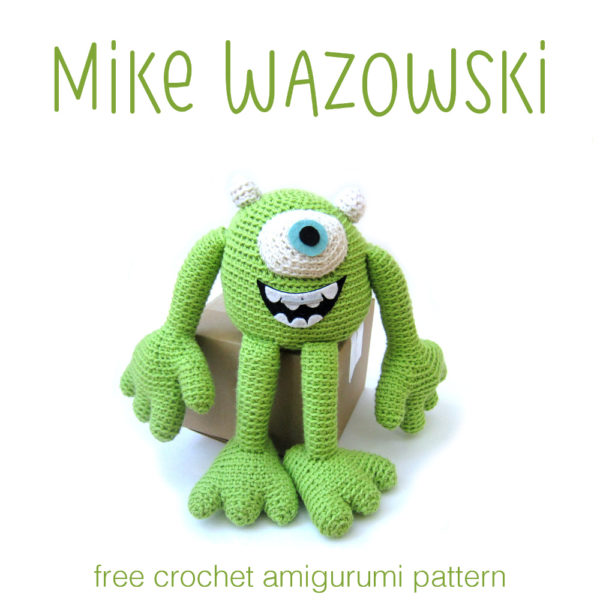
I love monsters. And I love crocheting monsters. So, when I found out that Disney was looking for bloggers to write tutorials for crafts based on Monsters University, I nearly fell out of my chair.

My love for monsters must have poured through the computer screen… because here I am, sharing my super-awesome crochet tutorial with you!
This tutorial is celebrating the release of Monsters University (in a Blu-ray combo pack) tomorrow! Hooray!
How do you pick just one monster?
I’ll confess. It was really hard to pick a monster from Monsters University to turn into crochet-form. The movie is just so darn chock-full of adorable and creative monsters!

I was tempted by Squishy (the multi-eyed cutie with a knit sweater!) and Terry & Terry (the double-headed duo)… what great shapes!
But in the end… I had to go with familiar and loveable Mike.

You can crochet your own Mike!
To crochet Mike, you’ll need:
- 2 colors of worsted weight yarn: green (250 yards) and white (15 yards)
- Size H (5.0mm) crochet hook
- Tapestry Needle
- Polyester stuffing
- Small amounts of felt: black, white, grey and blue
- Craft glue (one that works for fabrics)
Once you have your supplies gathered, download now.
The pattern download will take you step-by-step through the stitches you’ll need to bring Mike to life… too many for just one blog post!
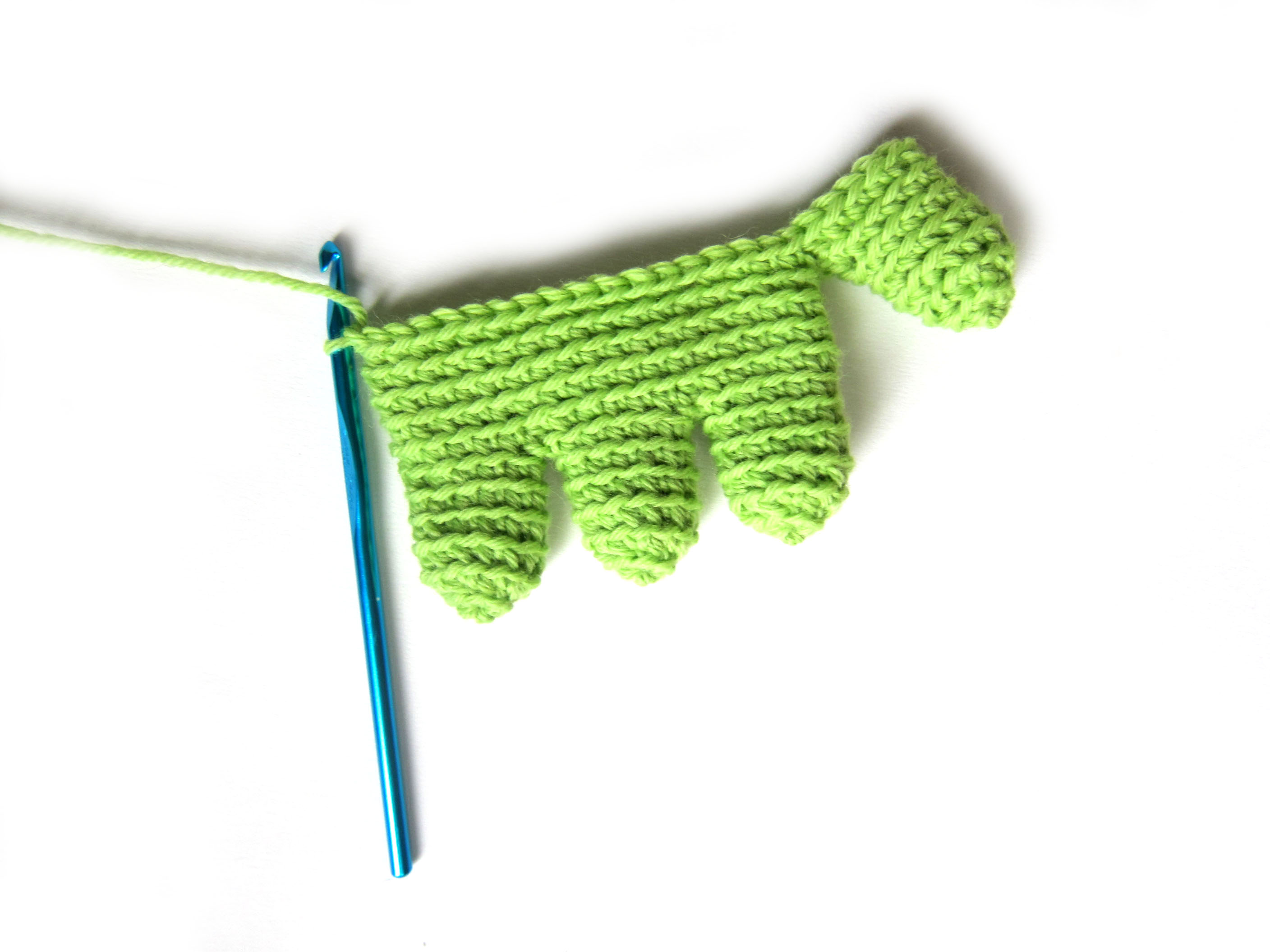
One of the things I love about Monsters University is how lifelike the animation is… and I didn’t want to lose any of that detail in the crochet version. That’s why I made sure to give Mike separate fingers and toes!
It’s a little extra crocheting… but I hope you love the results!
Add the details…
Once you’ve finished crocheting the pieces, you’ll need to decide which expression you’re going to give to Mike… during the course of the movie, you’ll notice that he sports quite a few!
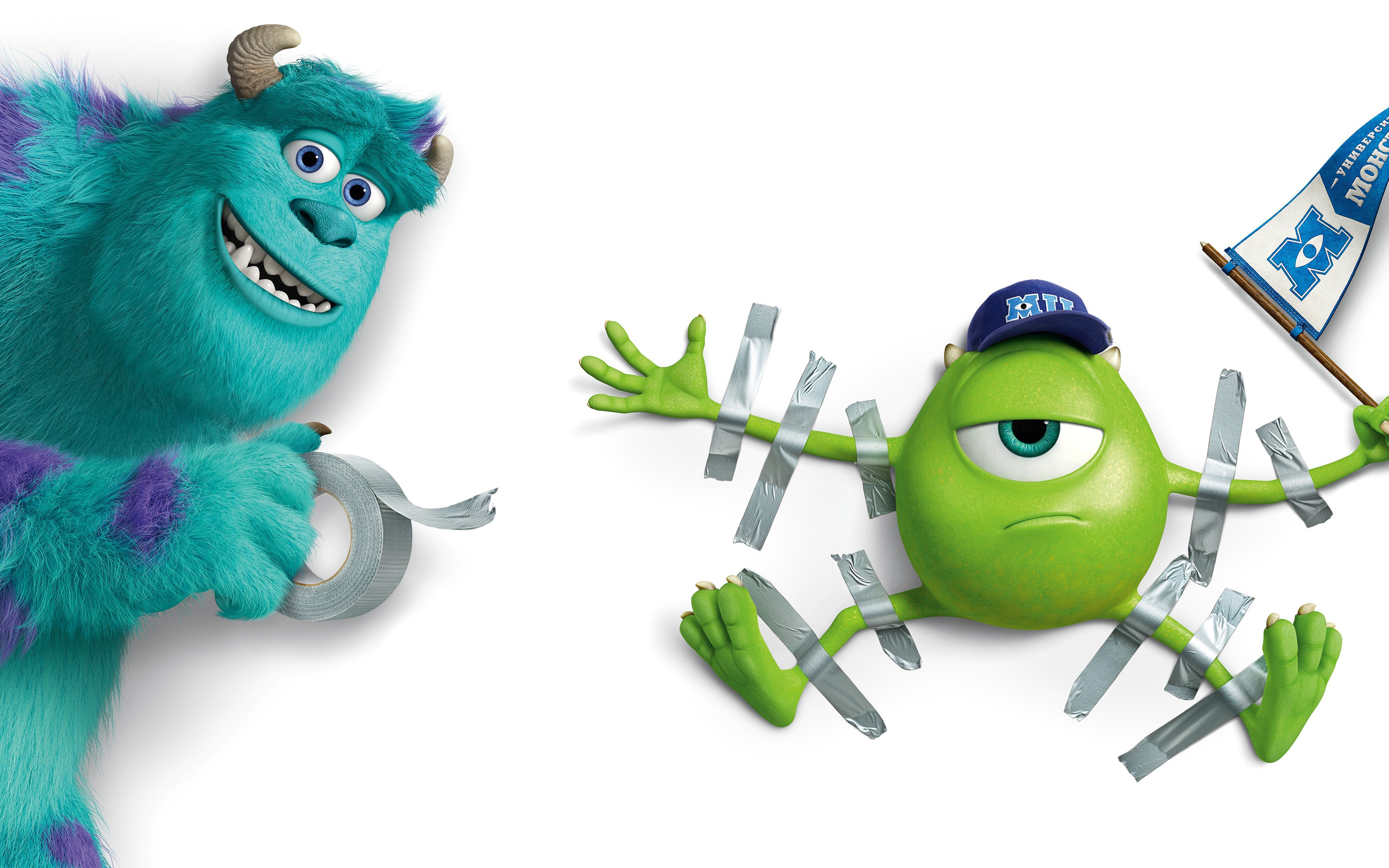
I decided to give Mike the wide grin (with retainer!) that’s featured on the cover of the DVD:
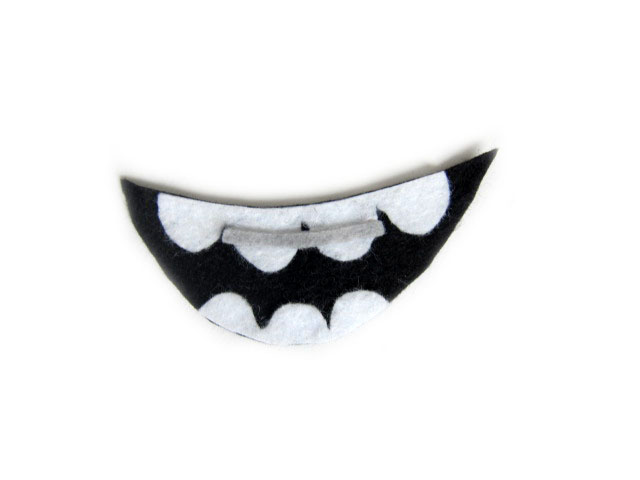
To make Mike’s mouth, use your pieces of felt and cut out the shapes you’ll need. First, cut a smile (or frown) from the black felt. Next, cut bumps (for teeth) from the white.
Here’s a trick: you don’t need to cut the teeth to fit the mouth perfectly. Just cut the top ridges for the teeth, then glue in place on the black mouth. Notice how, in my photo below, the white is hanging off the side of the black:

Once the glue dries, trim the excess white, and you’ll have a perfect mouth! A simple line of grey makes the retainer.
Since you’ve used yarn to make Mike, a craft glue will hold the smile in place:
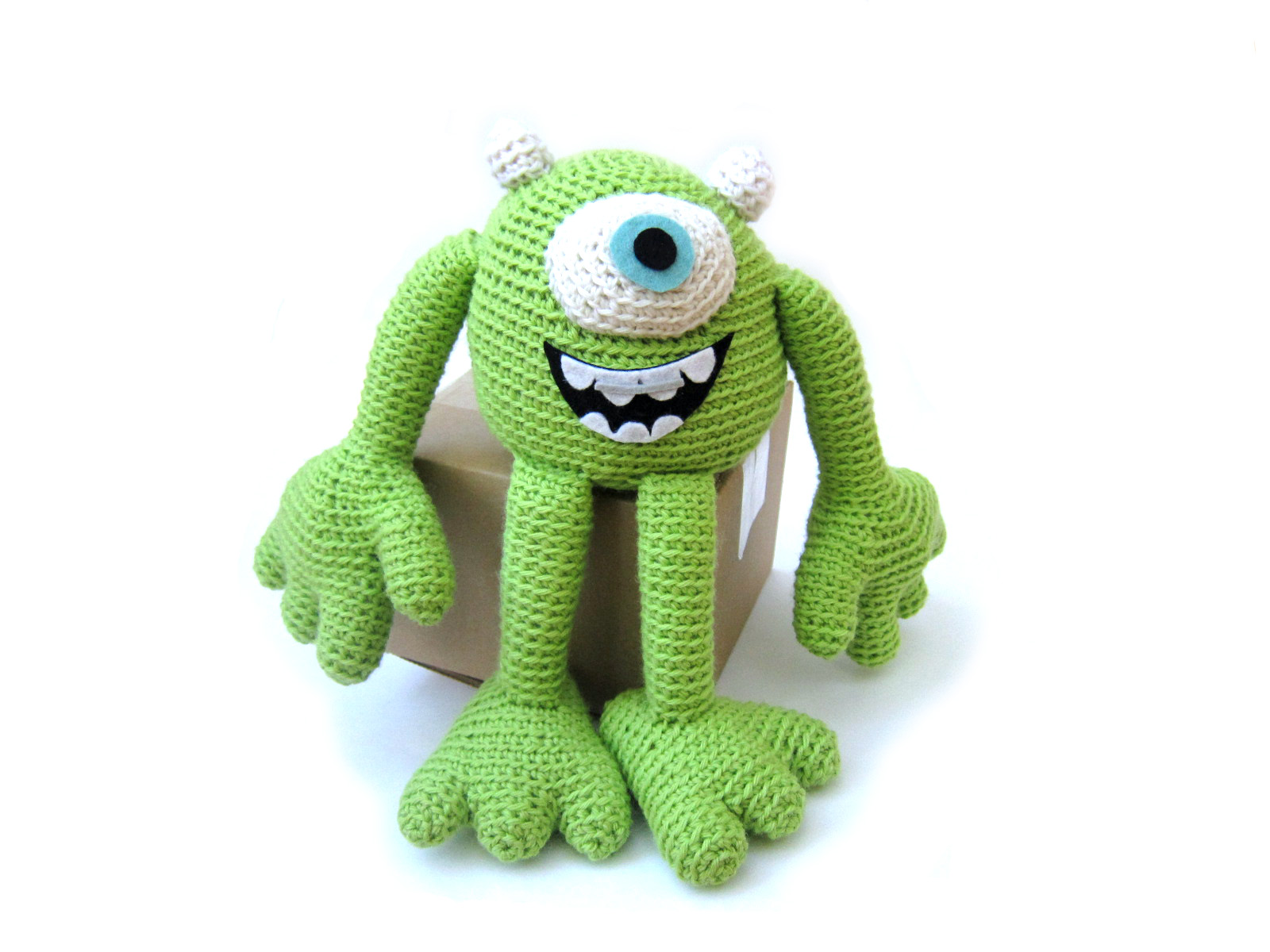
Isn’t he so cute?
More accessory ideas
I’m a real sucker for the University-wear sported in the movie!
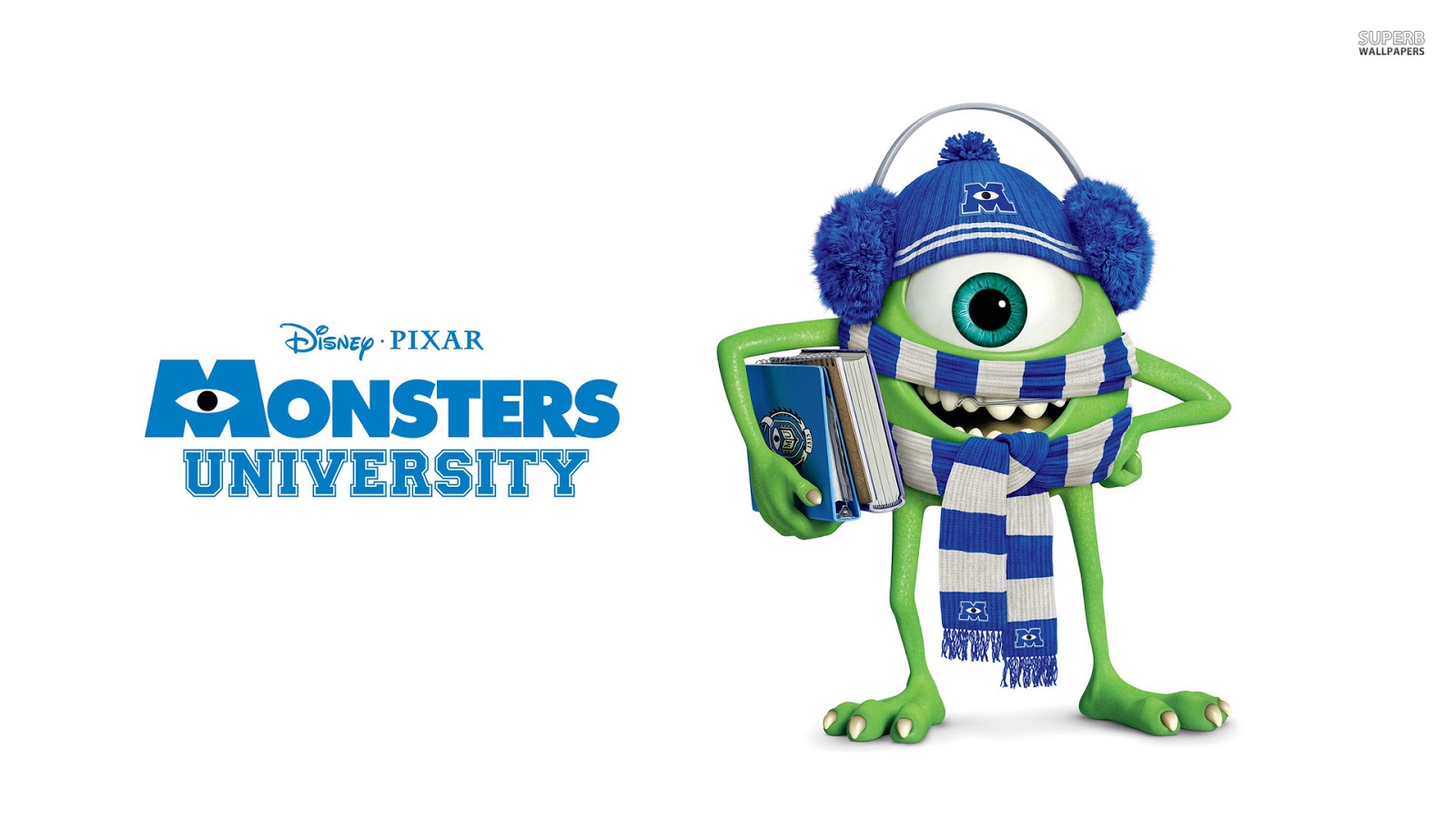
How cute would your crocheted Mike look with a knitted blue and white scarf? Or an MU pennant made from felt? Use your imagination!
You can also get super-creative and make multiple expressions… and attach them to Mike with use hook and loop tape! He’ll be a toy with many emotions!
Are you going to get crocheting?
I had so much fun watching Monsters University and crocheting a Mike… I see more monsters in my future.
I hope you absolutely love this free pattern download as much as I do!
Helpful Links
Be sure to share the cutie monster you crochet!
Disclosure: This is a compensated post from Disney and Blueprint Social. I received a copy of Monsters University. All opinions are my own. I received permission to create a pattern using the likeness of Mike.
Happy stitching!
Best,
Stacey


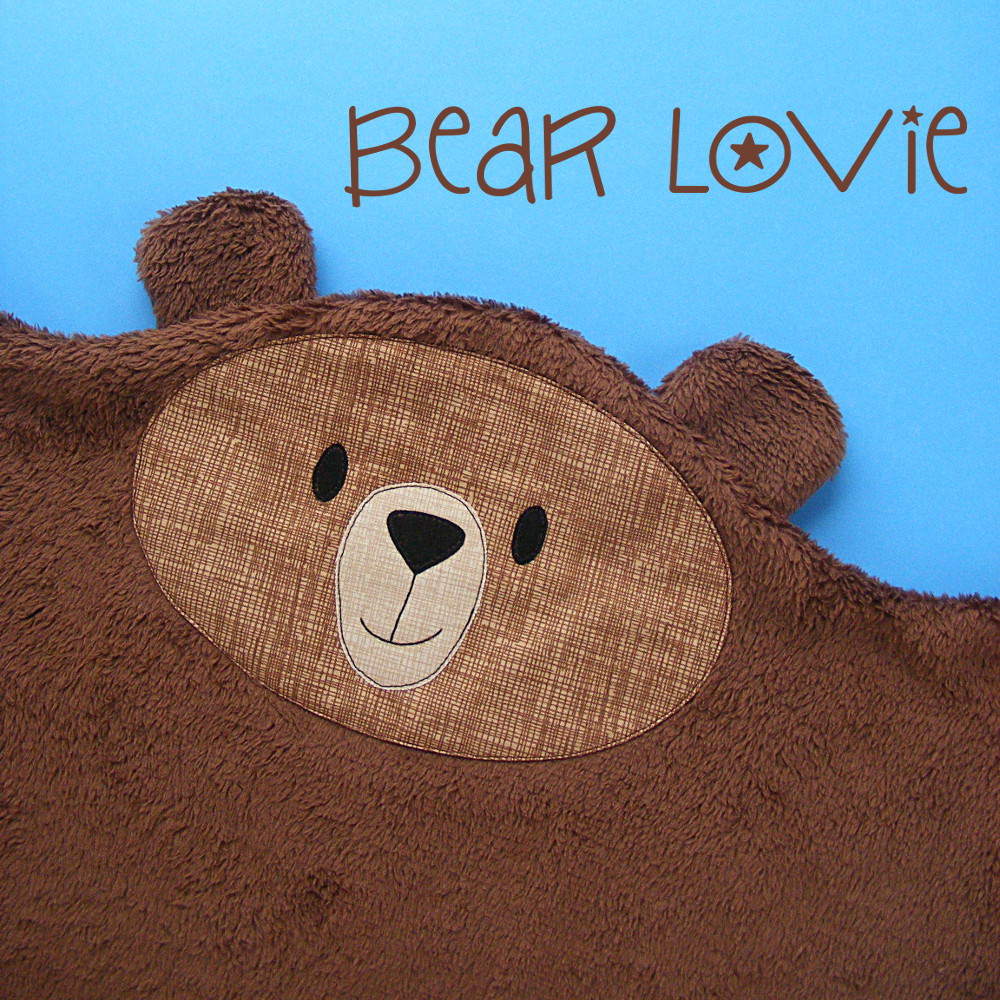
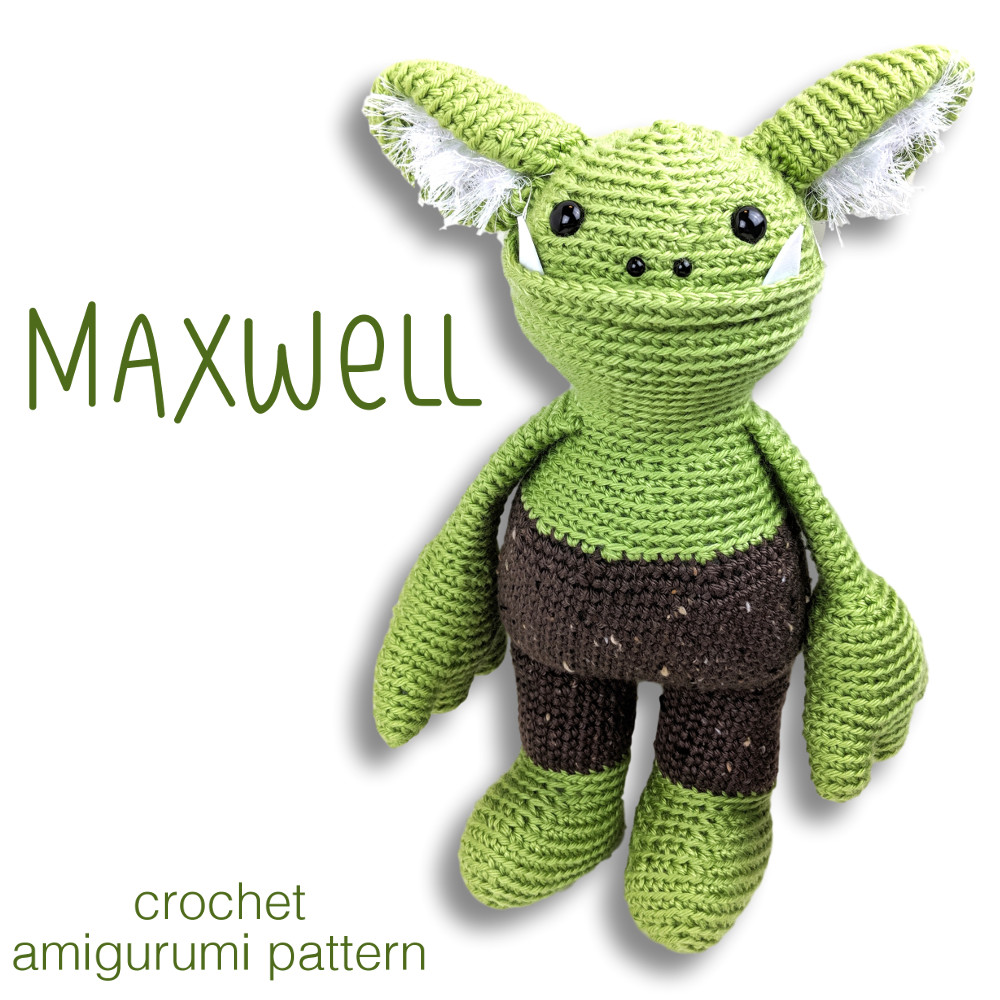
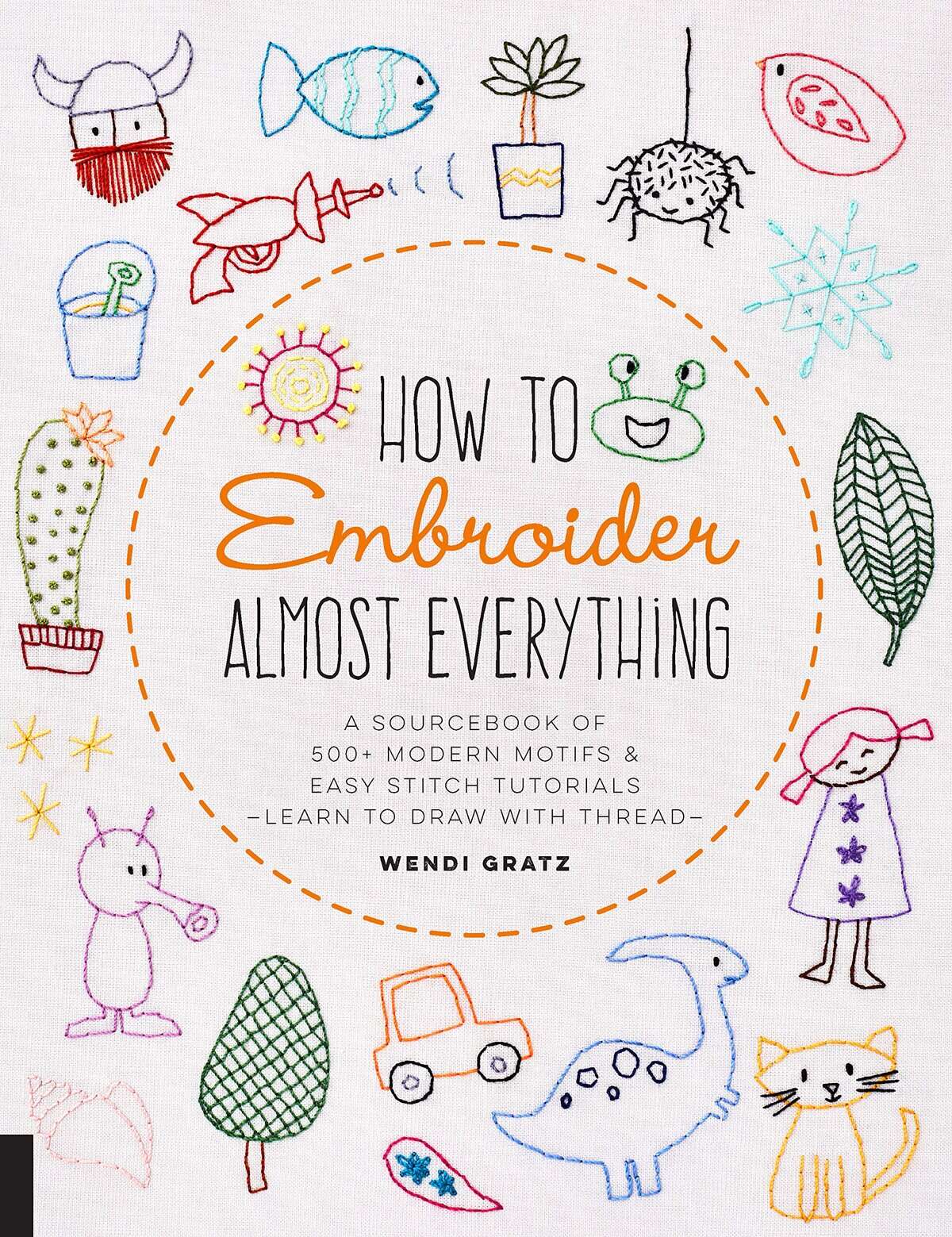



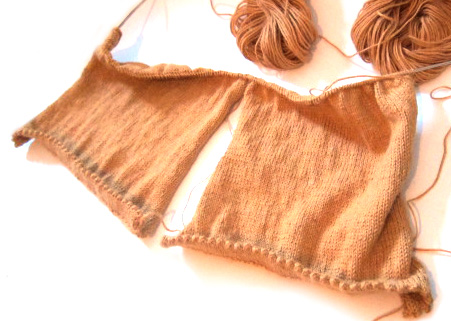

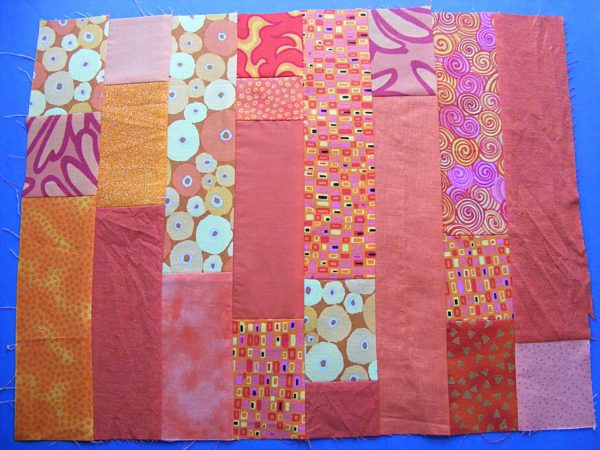

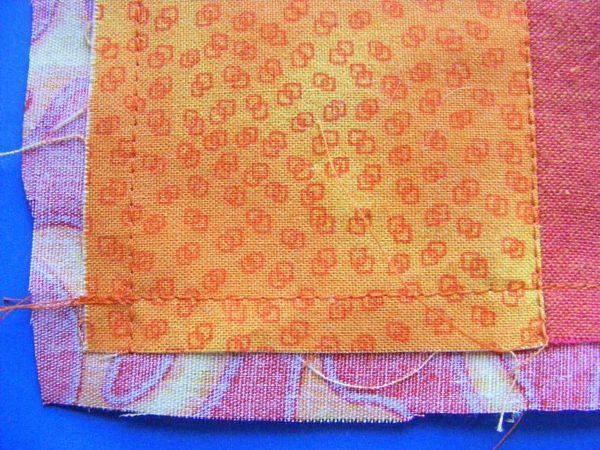
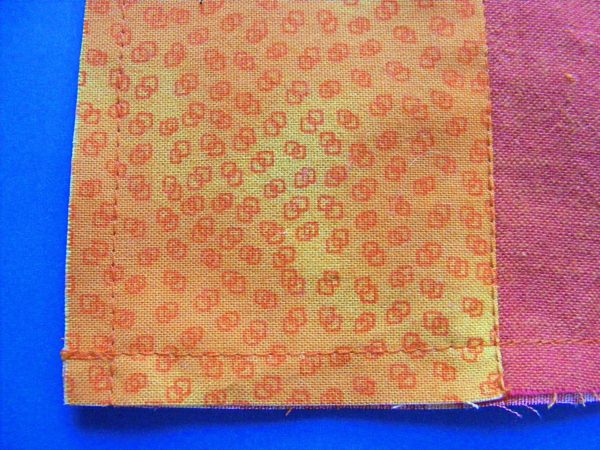
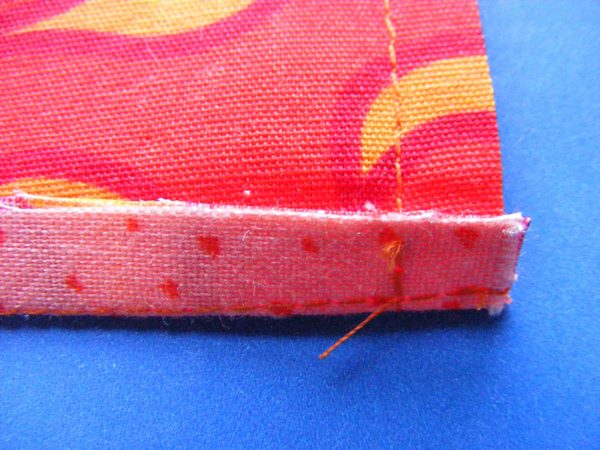
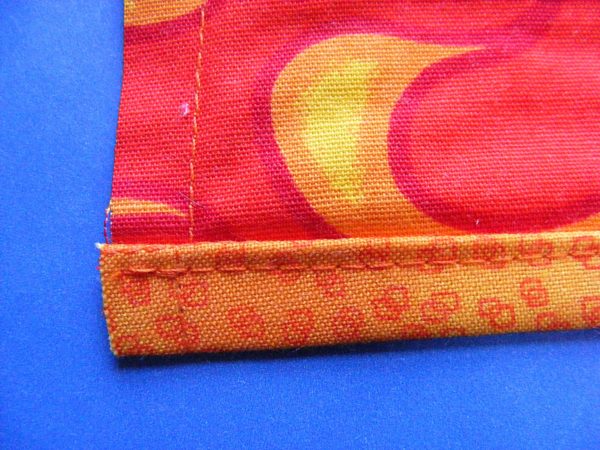
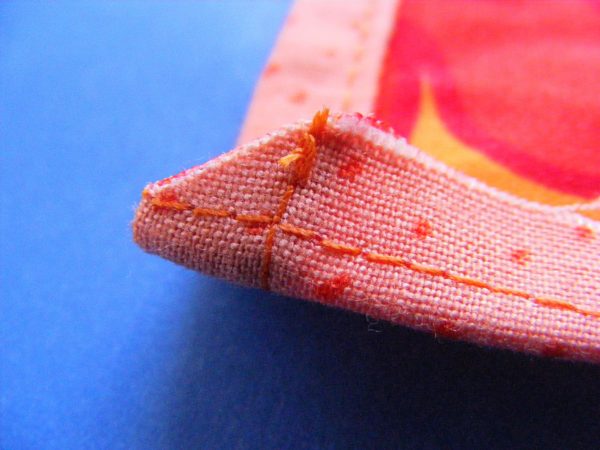
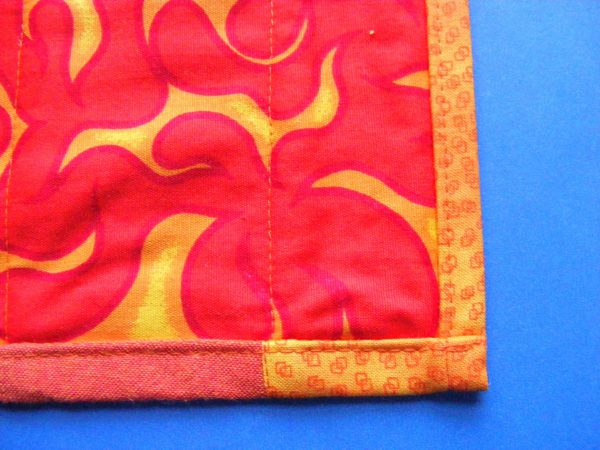
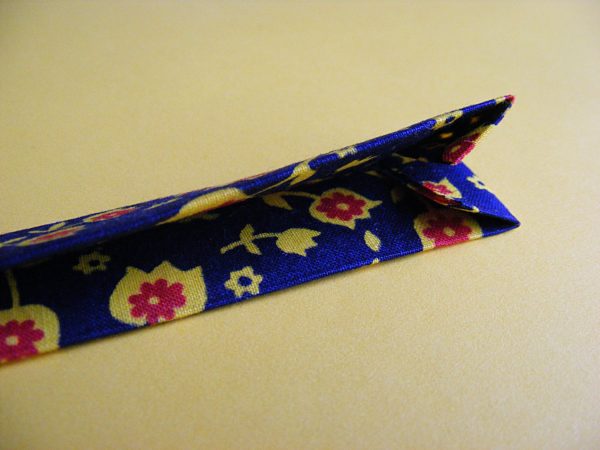
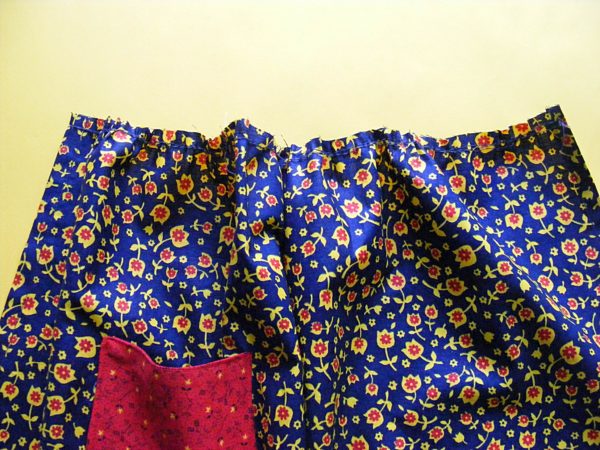
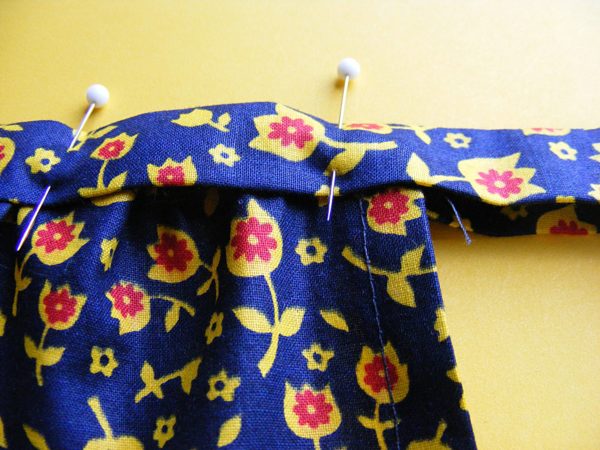
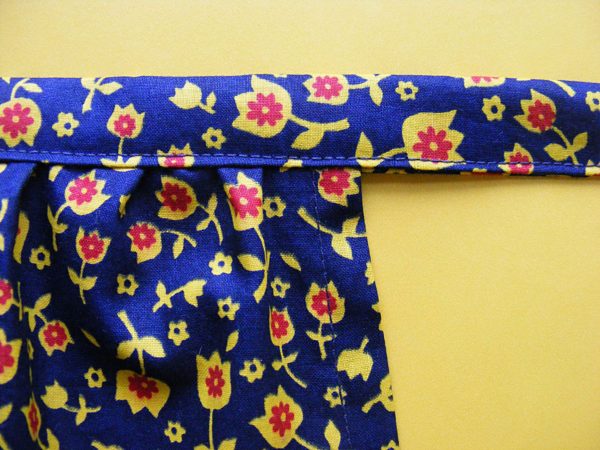
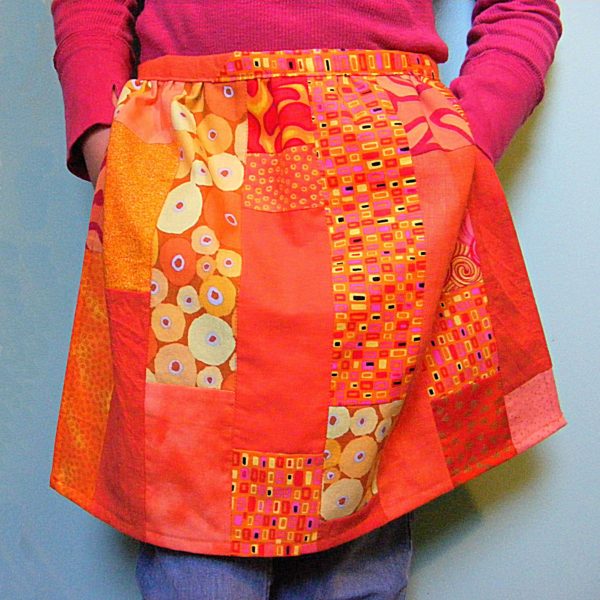
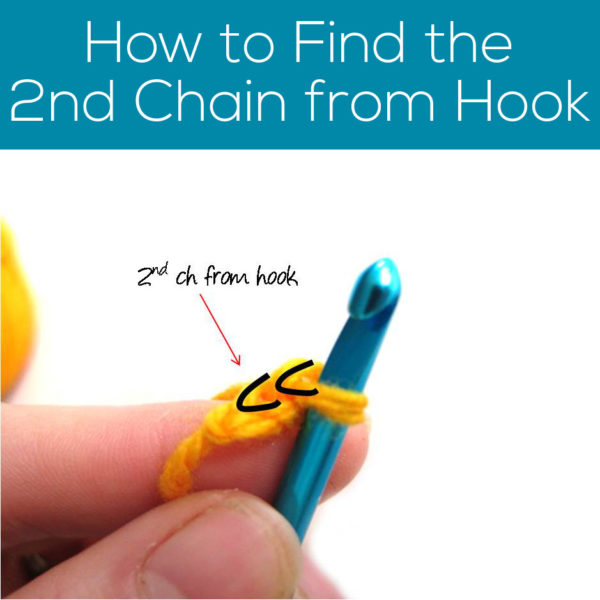
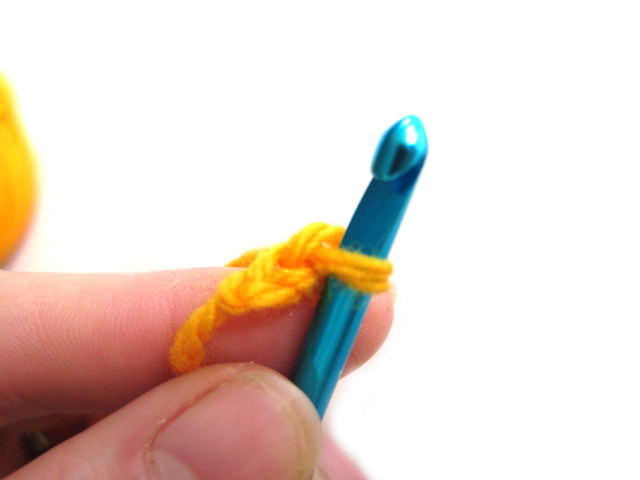

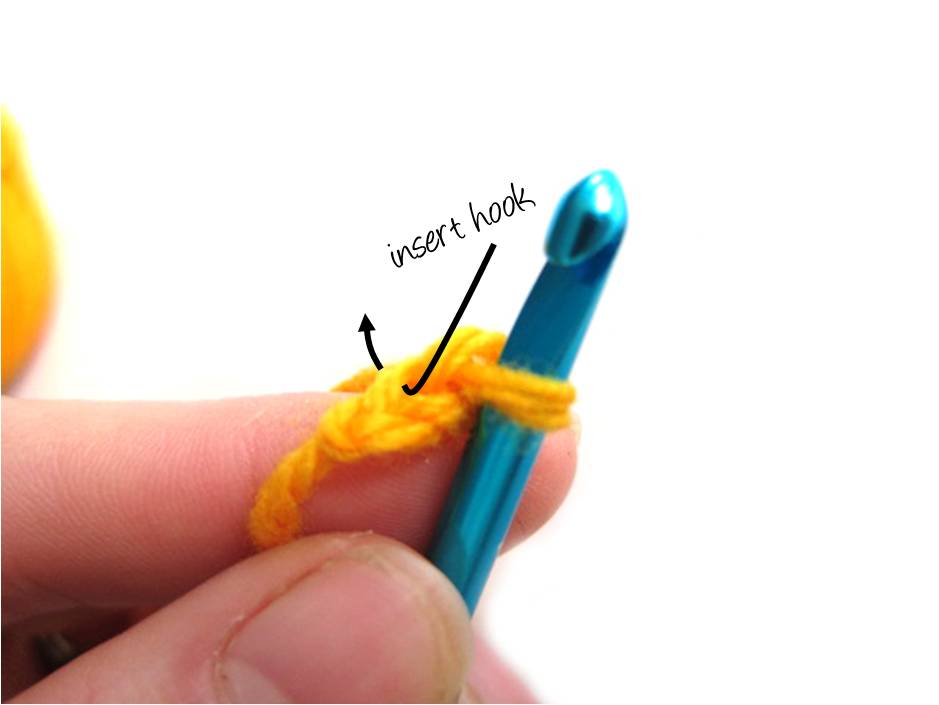

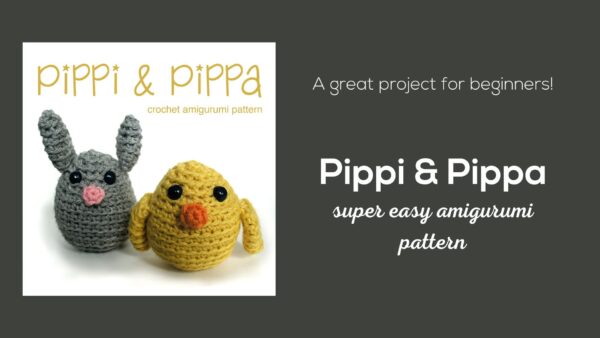






















 It’s one of my favorite posts every month – sharing what people are making with Shiny Happy World patterns! I love getting your photos!
It’s one of my favorite posts every month – sharing what people are making with Shiny Happy World patterns! I love getting your photos!





